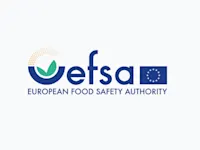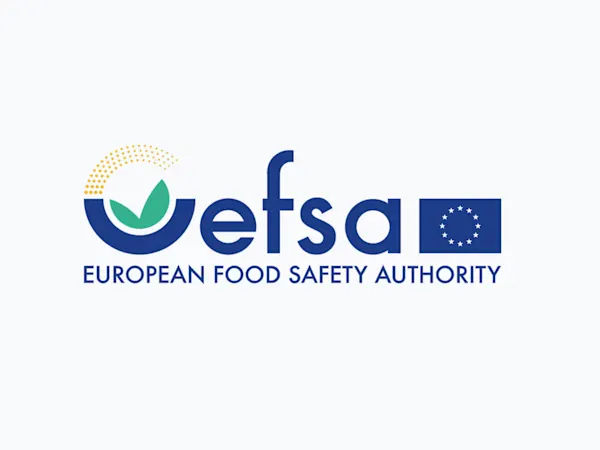
Illinois to Ban Nonbiodegradable Plastic Glitter in Personal Care Products by 2029
Illinois will prohibit nonbiodegradable plastic glitter in personal care products by 2029, impacting manufacturers, retailers, and regulators alike.


The Environmental Protection Agency (EPA) has developed comprehensive protocols for the application, removal, and analysis of residues from disinfectants containing phenolic compounds and quaternary ammonium compounds (QACs) on nonporous hard surfaces. These protocols aim to standardise the procedure for evaluating the residue levels of disinfectants after a potable water rinse (PWR).
The primary objectives of these protocols are to quantitatively apply disinfectants, determine the residue levels left on surfaces post-application, and establish a standard method for these analyses. This is crucial for ensuring the safety and efficacy of disinfectants used in various environments, particularly those involving food preparation.
These standardised protocols provide a reliable method for evaluating the residue levels of disinfectants, ensuring that surfaces, particularly those in food preparation areas, are safe for use after disinfection. The use of mechanical wiping devices and precise application techniques reduces human error and variability, making these protocols robust for regulatory and safety assessments.
The EPA's development of these protocols marks a significant step in standardising the analysis of disinfectant residues, ensuring public health safety and compliance with regulatory standards. These methods can be adapted for various disinfectants, providing a versatile tool for ensuring the cleanliness and safety of hard surfaces in different environments.
Foresight continuously tracks 1000s of sources and maps updates to your portfolio:




Illinois will prohibit nonbiodegradable plastic glitter in personal care products by 2029, impacting manufacturers, retailers, and regulators alike.

ChemSec updates the SIN List with neurotoxicants, spotlighting brain-damaging chemicals and urging EU regulators to act swiftly on these hidden threats.

EFSA launches consultation on updating its Weight of Evidence and Biological Relevance guidance, aiming to streamline chemical risk assessment practices.
Subscribe to Foresight Weekly and get the latest insights on regulatory changes affecting chemical compliance.
Free forever. Unsubscribe anytime.
Read by professionals at